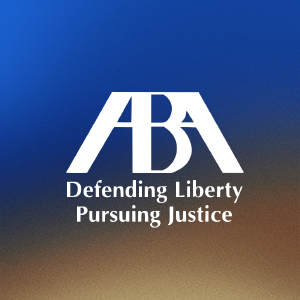
Foundation
“Foundation” in the law of evidence is exactly what it means in plain English. “Foundation” is the base. It is the necessary factual and legal base for a judge or jury to consider specific evidence and apply it to a larger issue. A lawyer who “lays the foundation” for a piece of evidence to be “admitted” is showing the court that considering the evidence will not waste time and effort, and may help the court decide a disputed issue. The lawyer must present to the judge or jury preliminary facts that show the evidence is “relevant” and “competent.” A witness must show he was present at and remembers an incident before he is allowed to testify about it. A lawyer offering a document must show that the document is what the lawyer says it is.
Foundation may be simple or complex, depending on the evidence on which it is based. Often the judge makes an explicit ruling on the quality of the foundation. If the foundation is sufficient, the evidence is presented to the jury; if not, the jury never hears or sees the evidence. Most of the time, however, the pillars of foundation are self-evident and are presented along with the evidence on which it stands.
For example, eyewitness testimony usually contains the foundation that the witness observed, heard and remembers relevant events before the witness testifies about those events, for example:
| LAWYER: | Where were you at 3:00 p.m. on Tuesday, July 6, 2010? |
| WITNESS: | I was at the northwest corner of Main and 7th Streets in Los Angeles. |
| LAWYER: | What, if anything, did you see at about that time? |
| WITNESS: | I saw two cars hit each other. |
The witness has testified to the preliminary facts — the FOUNDATION — to show personal, first-hand knowledge of the car accident. If the witness said that he read about it in a news report, the foundation would likely be too distant to allow the judge or jury to consider that testimony.
The same analysis applies to physical evidence, such as weapons, documents, photos or videos. The party offering the exhibit must show that the exhibit “is what its proponent claims.” That means the party must present sufficient proof that a reasonable juror could find the exhibit is that which the party claims. For example, testimony based on a witness' personal knowledge that he recognized the gun as the one used in the attack is ordinarily sufficient to authenticate the gun.
These types of evidence must be relevant, accurate and authentic for a court or jury to rely on them in coming to a decision about an issue in the case. The lawyer who wants the court and jury to use this evidence must always present to the judge enough preliminary facts (“Lay the Foundation”), before the judge or jury can consider the evidence offered.
Client Reviews
-
God Bless you Stephen, wish you all the successes in life.
“Stephen is a great contact and extremely helpful and knowledgeable. I am glad that I was his client in the past. Top lawyer, top man. God Bless you Stephen, wish you all the successes in life.”
-
Don't hesitate to contact them!
“I was referred to this group of Attorneys. I was started with a low cost made arrangements. My case had to do with assault allegations. The case was dismissed they helped me not to loose my daughter to the system.”
-
Never Talk To Police
Know your rights when questioned by law enforcement.
Defend Your Rights -
Learn What To Do When Confronted and Interviewed By The Police
Honest & practical advice during a free initial consultation. Call now to get started!
Read More -
Don't Plead Guilty!
A plea bargain may not be in your favor. Let us help evaluate all of your options.
Learn More









